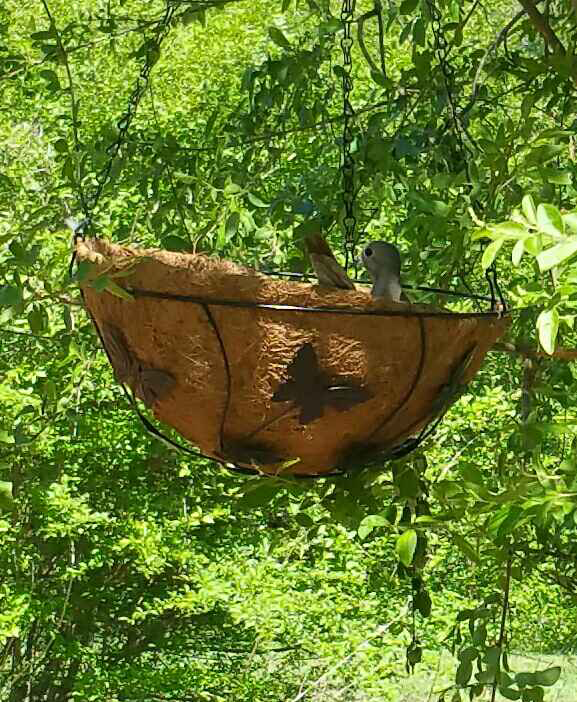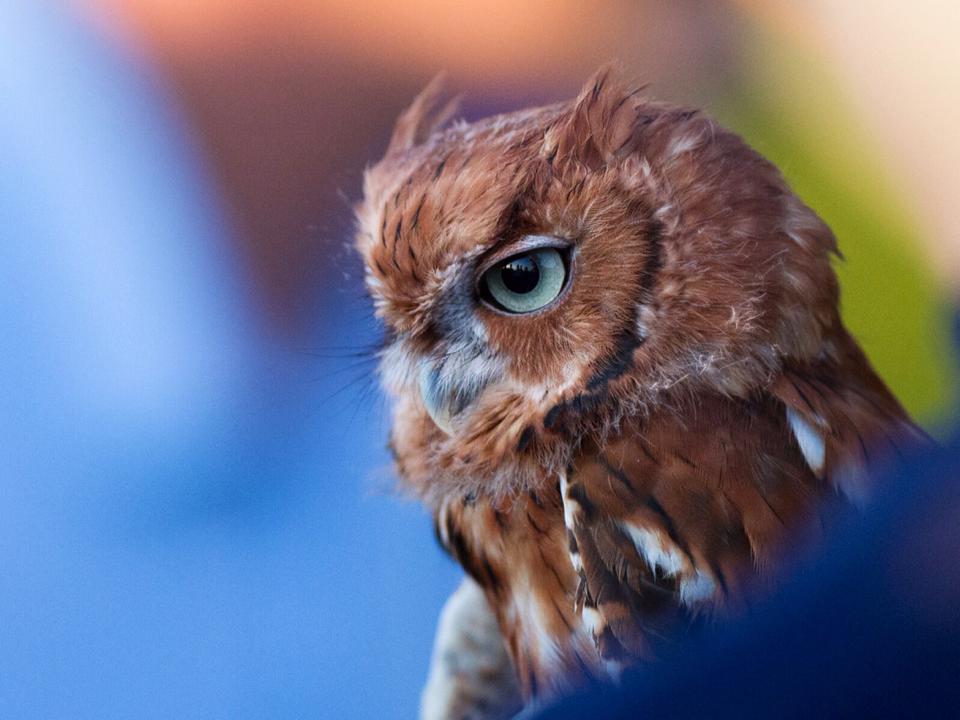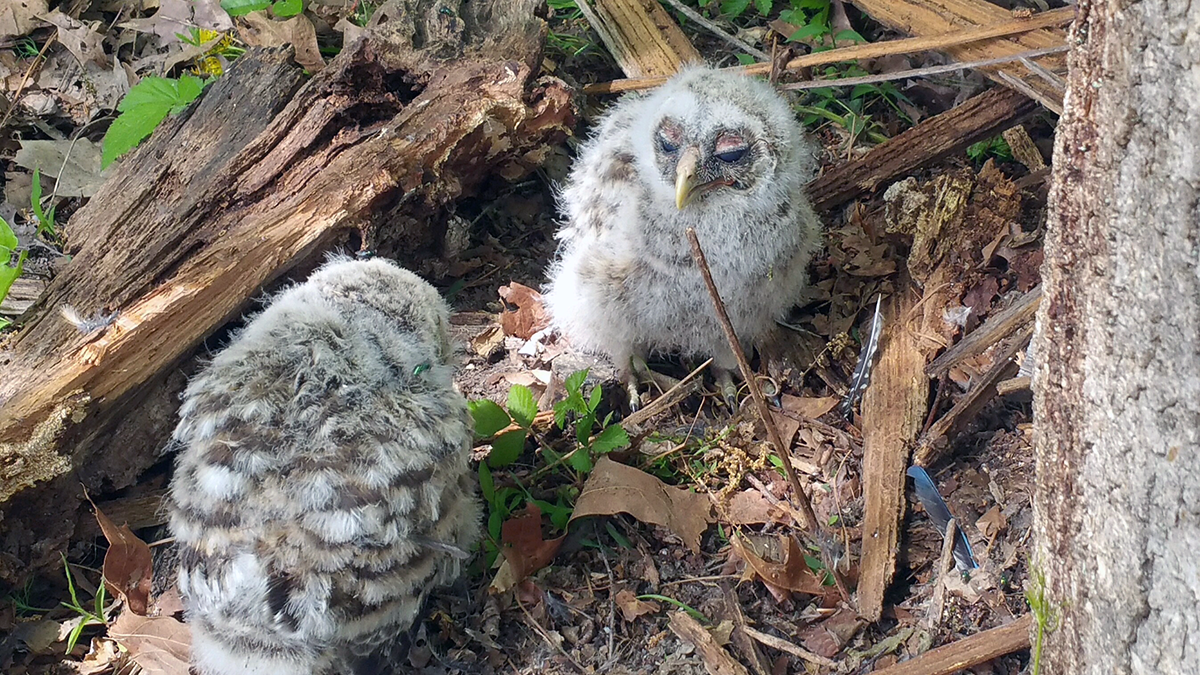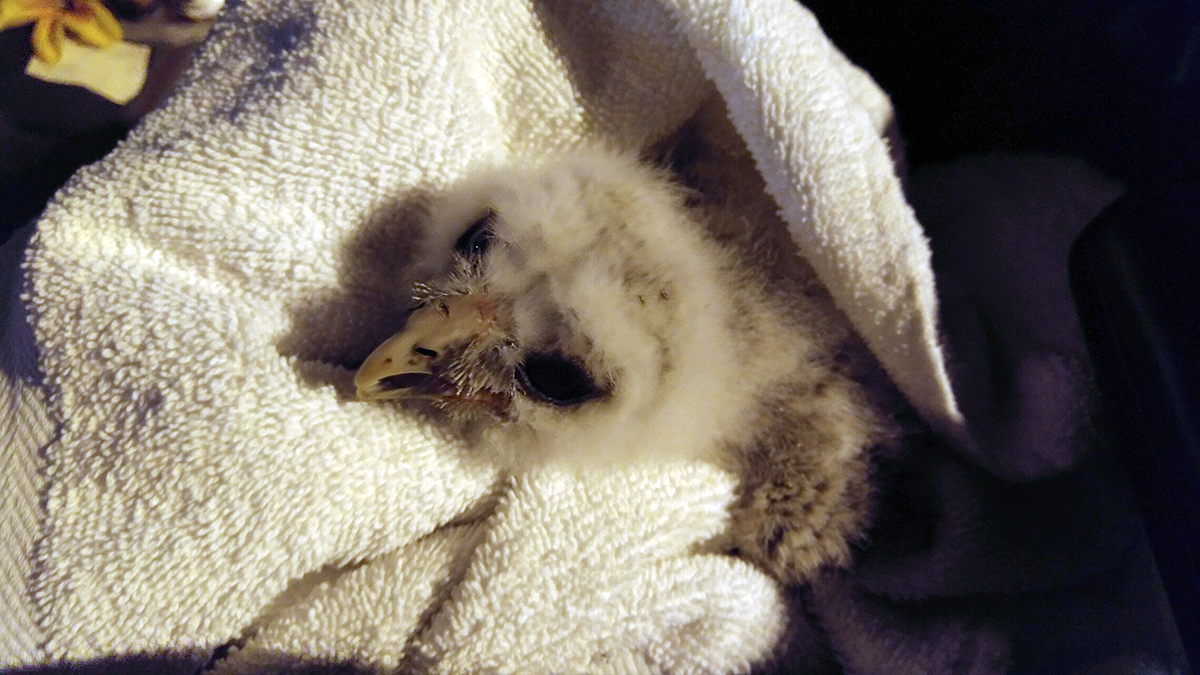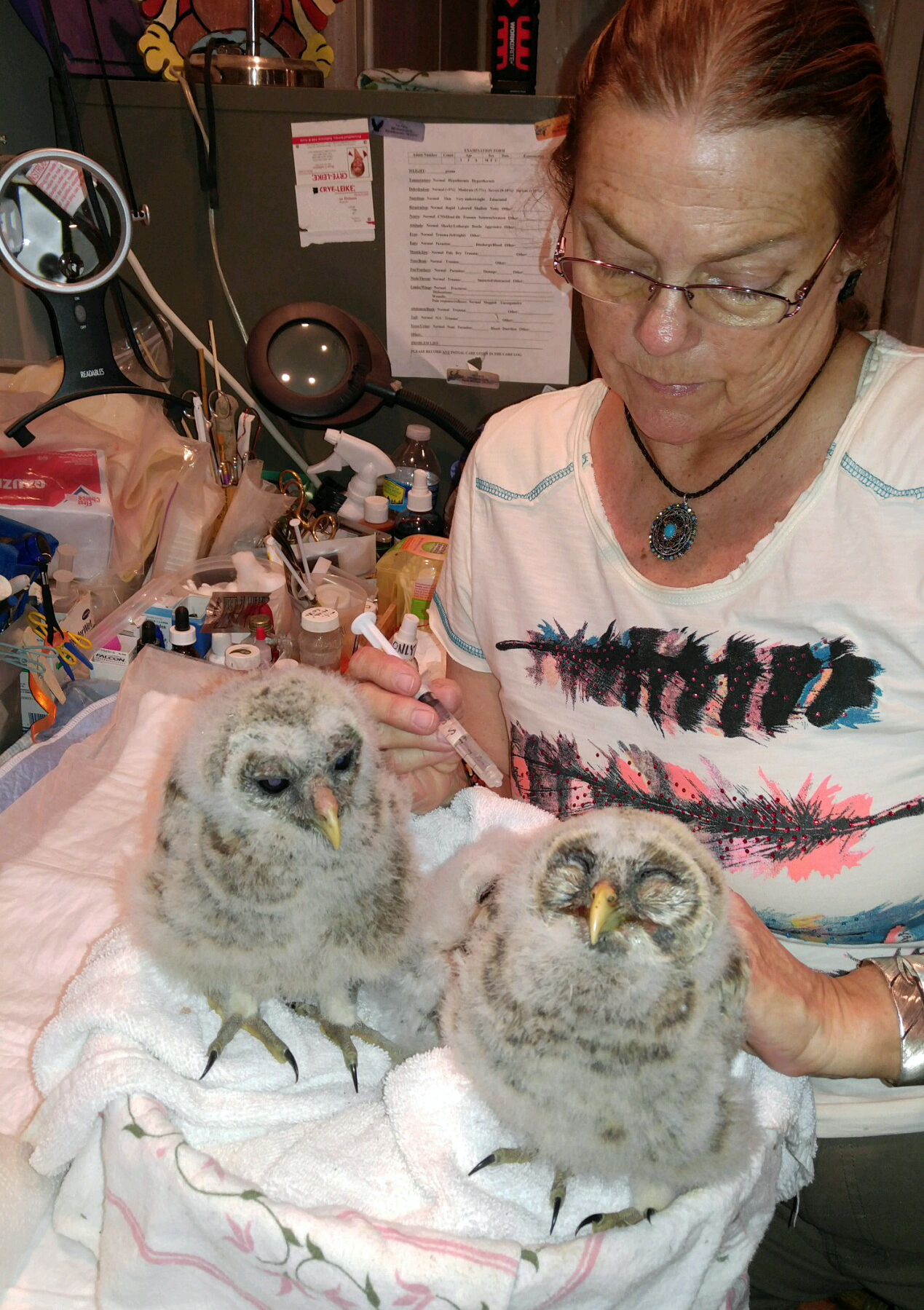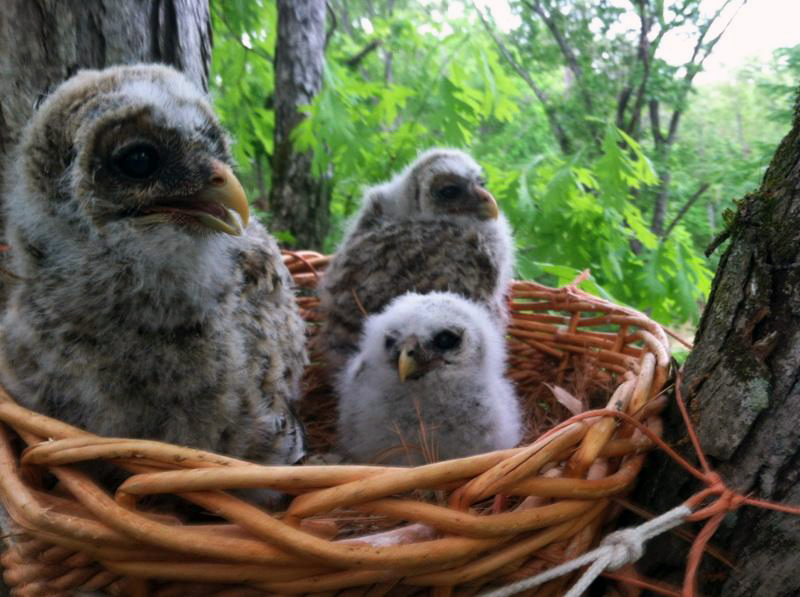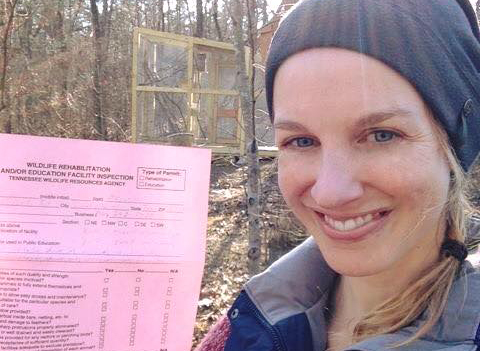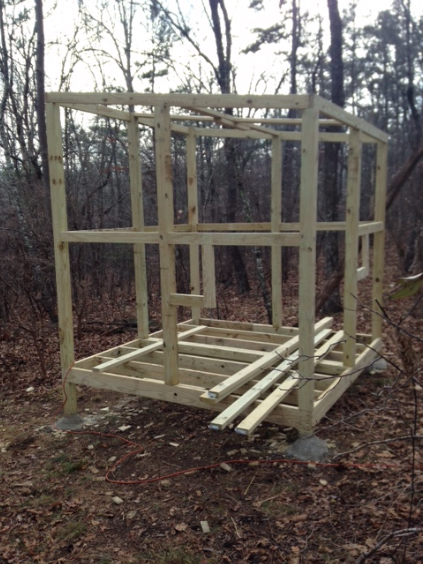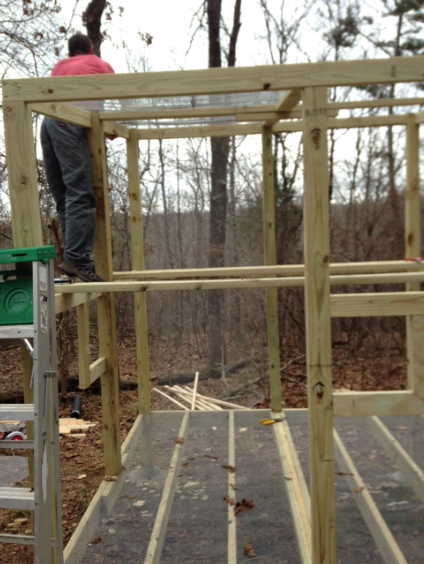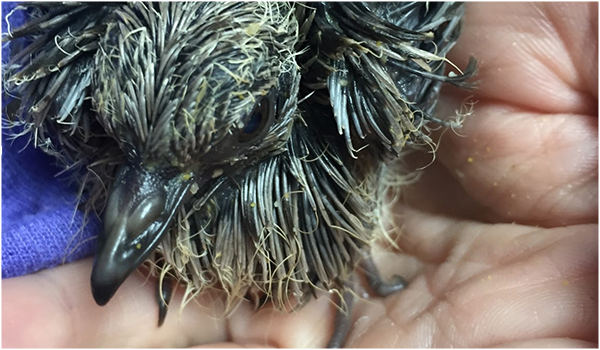
April typically marks the beginning of a busy baby season, and with that comes the opportunity to reunite displaced hatchlings and nestlings with their parents.
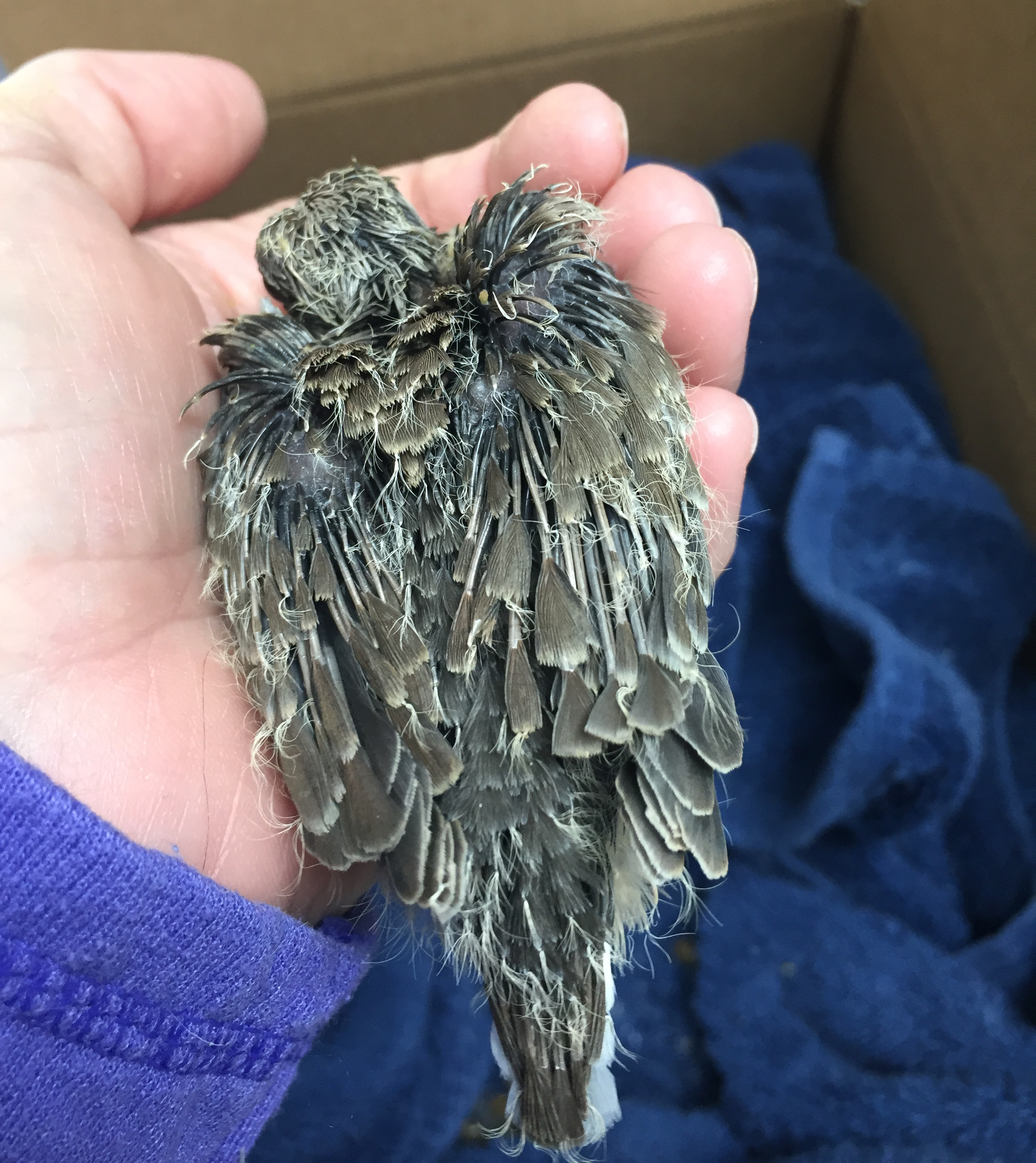
Tree cutters trimmed a tree, causing a dove’s nest to fall to the ground. One of the babies died from the fall, but the homeowner knew to warm the other one up to prevent shock. After it was warmed up, he tried to renest the dove in a box up in the tree.
Even though the parents were nearby, they wouldn’t go to the baby. After watching the baby all day, the finder called Sherry for help. Sherry advised him how to keep it comfortable overnight. He brought the hungry nestling to her the next morning for an exam.
Sherry hydrated and fed the dove to ensure it would keep its strength up until the parents returned. After taking a full bottle of formula, the baby dove was ready to be renested.
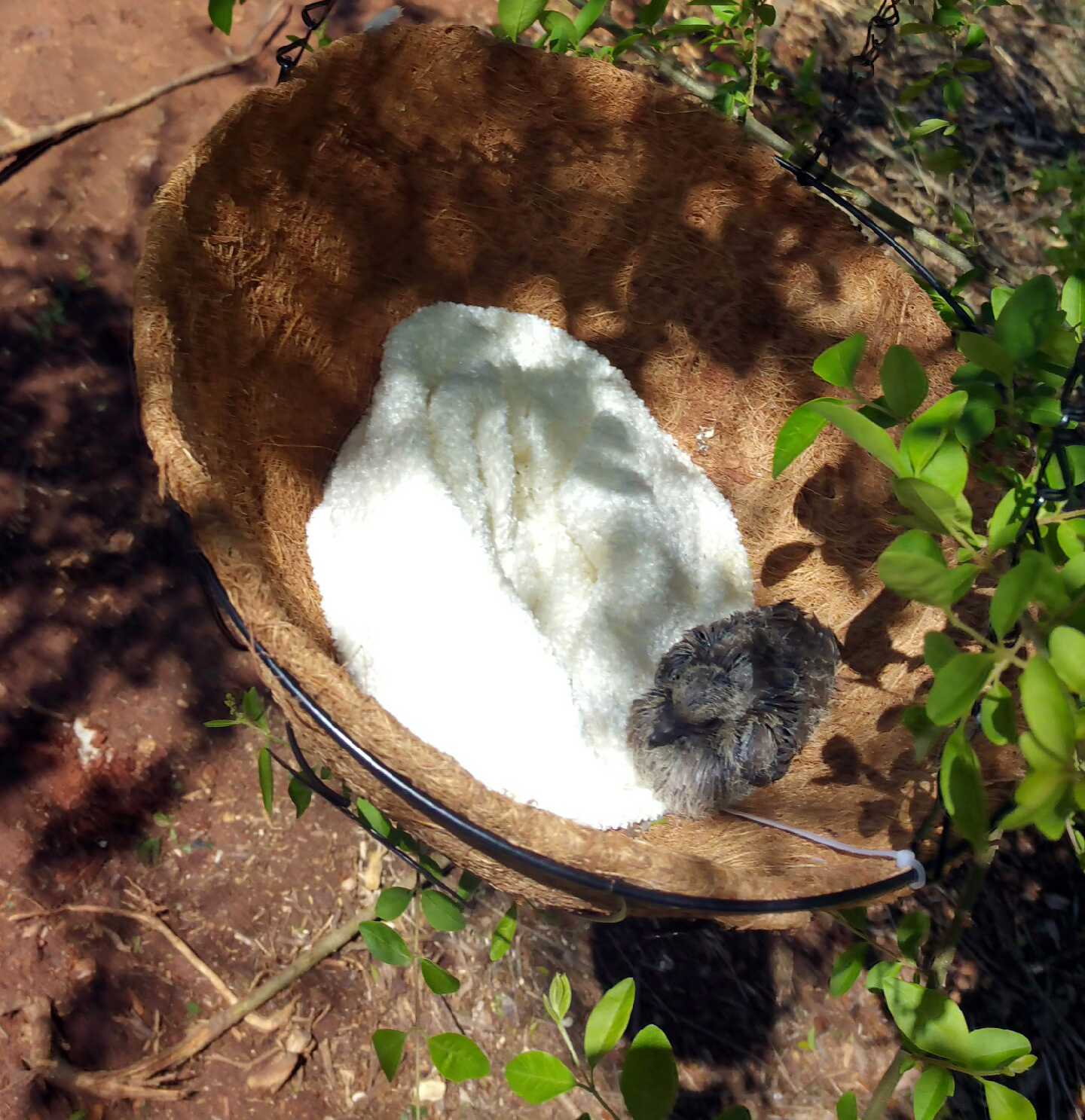
This time, the homeowner placed the baby in a coconut fiber hanging basket, as advised by Sherry, and wait for the parents.
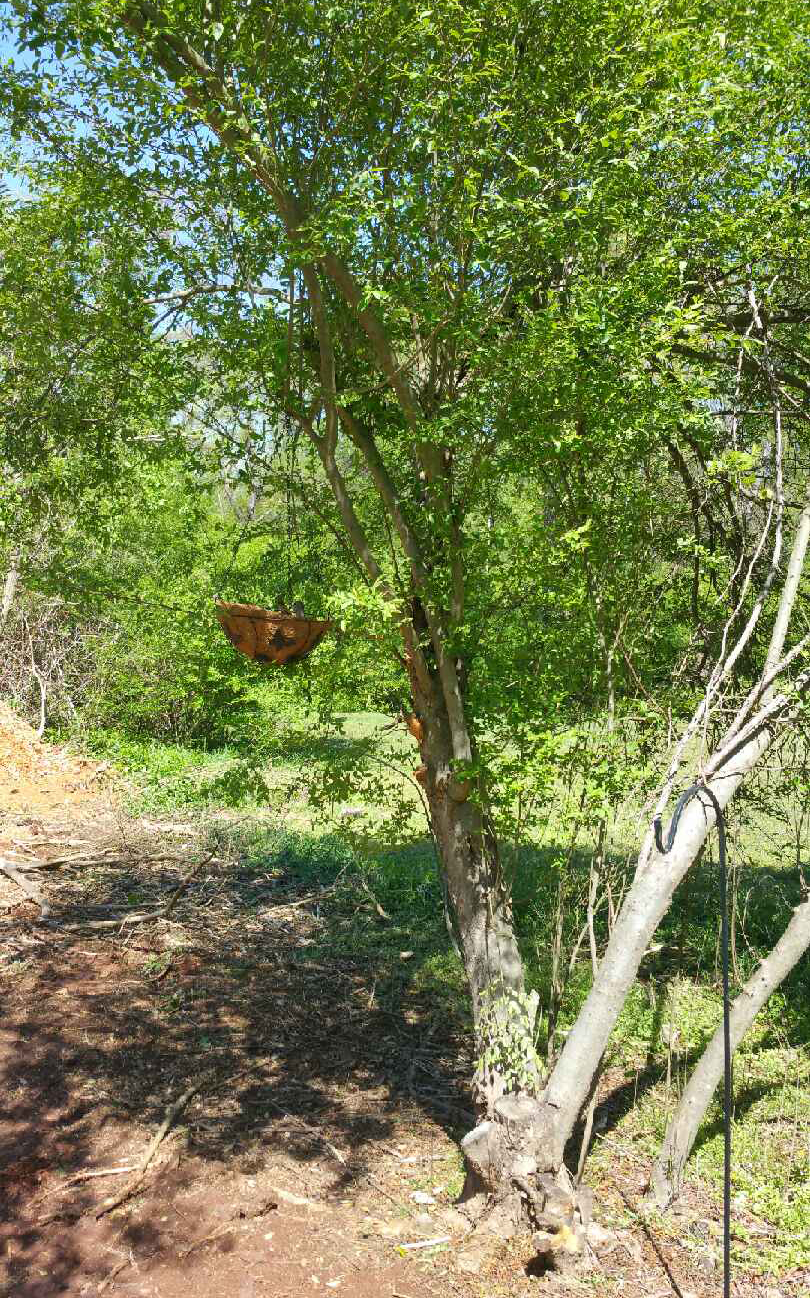
Within ten minutes, the mama found her baby! Reunited after 24 hours!
